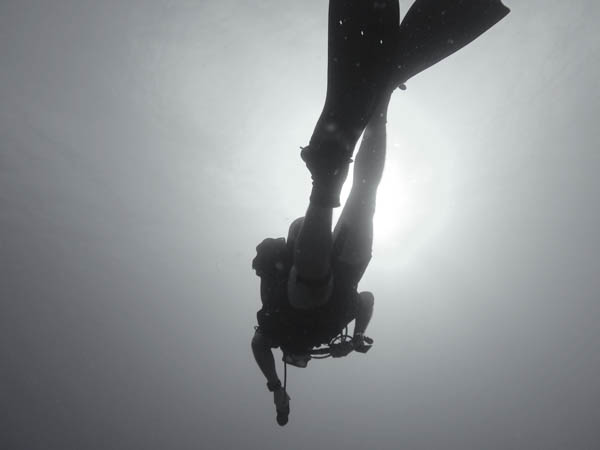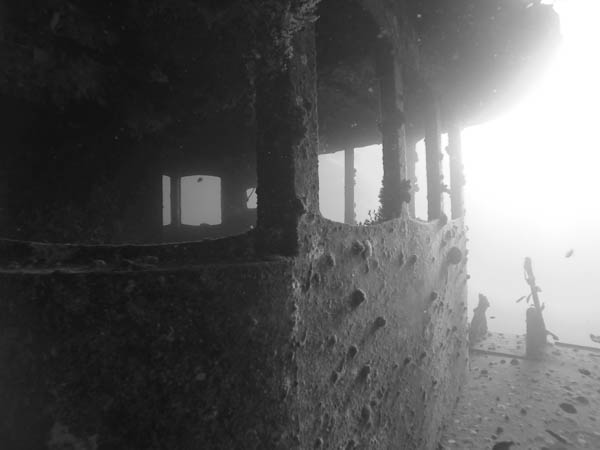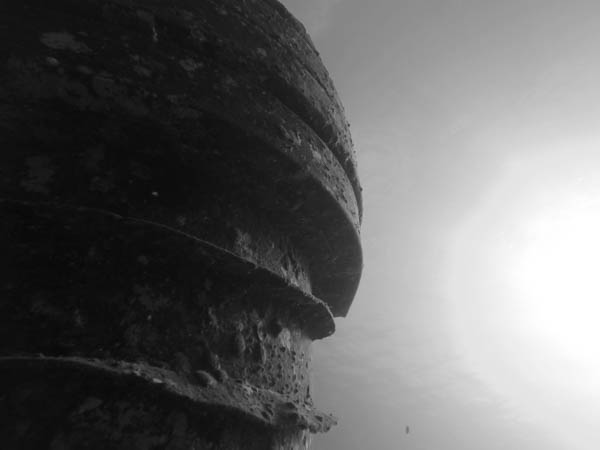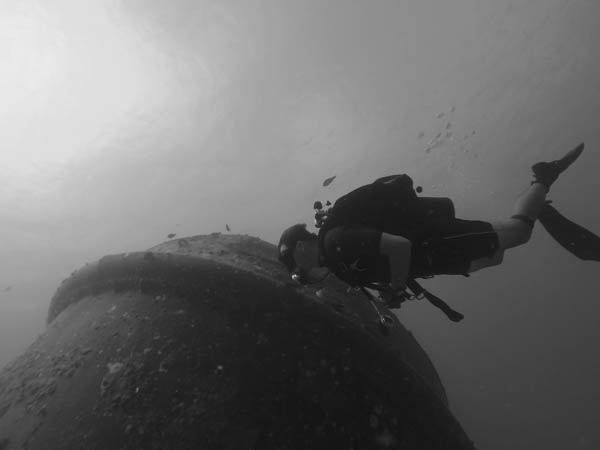The post Why You Should Prioritize Spending on Experience Before Gear appeared first on Digital Photography School. It was authored by John McIntire.

So, why should you prioritize spending on experience before gear? Yearning for new equipment is something that almost all of us, as photographers, go through. For some of us, that desire for the newest and shiniest camera body or lens is near-constant. By now, you should know that new equipment will have little effect on improving your photography. This is, after all, one of the most talked-about subjects in photography circles. Most of that talk, however, tends to suggest that you shouldn’t spend any more money on your photography. I disagree with that.
You should spend money on your photography. I would even go as far as to say that you should spend every penny you can afford. With a few exceptions (what’s a macro photographer without a macro lens?), your money is better spent elsewhere than it is on new equipment.
Fancy equipment

New toys with lots of features are fun, but they are not the be-all, end-all; nor should they be the goal.
I’m not one to say that new and shiny equipment should be out of the question. Sometimes it’s a must.
That new and wonderful camera body, lens or light might:
- Give you more options in how and what you can shoot.
- Make certain techniques easier, or open up some techniques altogether.
- Give you certain technical gains such as sharpness, low light performance and dynamic range.
- Give you a temporary boost in motivation and excitement for your photography
- Impress people that don’t know any better.
What new equipment will not do is:
- Make you a better photographer.
The only way to get better

Experience. The act of getting out and putting your skills to use over and over again is far more valuable than any new piece of kit.
The only tried and true way to become a better photographer is to get experience in being a photographer. It’s really as simple as that. Go out, boots on the ground, batteries charged, memory card loaded, and take photos. Evaluate, go out, and take some more. Rinse, lather, and repeat ad infinitum.
Sure, along the way, you will need to take on new information and learn new skills that you will then add to your repertoire through (you guessed it) experience.
Spending money
This is where my thought process diverges from those who tell you that you don’t need to spend money at all. If the only way to get better at photography is through experience, then where do you reckon I would suggest that you put the money you might have spent on that new lens that you don’t really need? Experience. It’s always experience.
Do you want to get good at landscapes? Pick a location and go on an extended camping trip and design the experience so you can do little else but concentrate on your photography.

For landscapes, sometimes just a trip a couple of hours away is all you need and it won’t cost you much.
Do you want to get good in a studio environment? Go out and hire a studio.
I can’t speak for all areas, but in my area, most photographers who hire out their studio are more than happy to lend a hand to beginners who hire their space.

Studio photography requires a lot of practice. To get better, you need to be practicing as much as possible. When you’re renting/hiring a space, you often don’t have to have the equipment yourself.
Do you want to be a travel photographer? Use the gear you have and spend as much as you can on traveling to the places you need.

Do you want to be a fashion photographer? Spend as much as you can on hiring stylists, makeup artists and models.
Repeat that formula for any genre of photography that you’re interested in.
If you want to fast track the process, you always have the option of workshops or one-to-one tuitions. Do you need to do this? No, absolutely not, but sometimes it is a lot more effective to get the first-hand experience with someone who is already able to get the results that you are after.
But, things cost too much

Careful planning meant that I was able to spend eight days on a camping trip to work on landscapes for around $ 100.
Sure, some things that you may want to photograph will cost a lot more than that $ 3000 camera body that you desperately want.
For example, travel can be expensive. As long as we’re not talking African safaris though, you can still do a lot of travel with that kind of money.
I once flew from Reykjavik to Baltimore for $ 90. As long as you hedge your expectations and plan meticulously, you might be surprised by what you can achieve within a limited budget.
Do you want to be a better photographer?
Yes? Good. Close/put down the spec sheet for the new offering from Canon/Sony/Nikon/Fuji, book a studio, book a trip or just go outside and start taking photos.
They’re probably going to be bad.
Good. Figure out why, then start the process from the beginning, over and over again. Maybe, eventually, you’ll find yourself in a situation where you absolutely have to have that fancy lens that costs more than a good used car, but probably not. So prioritize experience before gear!
The post Why You Should Prioritize Spending on Experience Before Gear appeared first on Digital Photography School. It was authored by John McIntire.

Digital Photography School













You must be logged in to post a comment.